45 respiratory system with labels and functions
Understanding the Respiratory System (interactive tutorial) Interactive Diagrams: Respiratory System 1 Q #1/4; Correctly labeled 0 out of 12 items Move each item to its correct place bronchial tubes diaphragm epiglottis larynx lung mouth nasal cavity nostrils pharynx right bronchus sinuses trachea 3. Sequencing Air Intake Pretend that you're a molecule of oxygen outside someone's nose. assignmentessays.comAssignment Essays - Best Custom Writing Services Get 24⁄7 customer support help when you place a homework help service order with us. We will guide you on how to place your essay help, proofreading and editing your draft – fixing the grammar, spelling, or formatting of your paper easily and cheaply.
Respiratory System Anatomy and Physiology - Nurseslabs The functions of the respiratory system are: Oxygen supplier. The job of the respiratory system is to keep the body constantly supplied with oxygen. Elimination. Elimination of carbon dioxide. Gas exchange. The respiratory system organs oversee the gas exchanges that occur between the blood and the external environment. Passageway.

Respiratory system with labels and functions
Respiratory System: How It Works, Common Issues, and More - Healthline The common cold is an upper respiratory tract infection that can be triggered by over 200 viruses. Symptoms of the common cold include runny or stuffy nose, congestion, pressure in the sinuses ... › anvisaPágina inicial — Português (Brasil) - gov Saúde e Vigilância Sanitária. Anvisa aprova novo marco normativo para registro de medicamentos novos e inovadores. Medida favorece a inovação, com foco na promoção da saúde e da qualidade de vida da população. Respiratory System [Parts and Functions for Kids] - HowForKids Respiratory System: Lungs Function The lungs take up much of the space inside our chest (thorax). They are protected by the rib cage. This "cage" is formed by the ribs, and it surrounds the lungs to keep them safe. Below the lungs there's the diaphragm. It is a muscle that alternately rises and drops during the breathing process.
Respiratory system with labels and functions. Label the parts of the human respiratory system. Also, write their ... Solution. 1. Bronchus - The bronchus (plural: bronchi) are extensions of the windpipe that move air to and from the lungs. 2. Trachea - The trachea is a wide, hollow tube that connects the larynx to the bronchi of the lungs. 3. Lung - It is the main part of the respiratory system where the exchange of gases takes place. 4. › coronavirus › 2019-ncovCleaning and Disinfecting Your Facility | CDC Nov 15, 2021 · Ensure workers are trained to read labels on the hazards of the cleaning and disinfecting chemicals used in the workplace according to OSHA’s Hazard Communication standard (29 CFR 1910.1200). Comply with OSHA’s standards on Bloodborne Pathogens (29 CFR 1910.1030), including proper disposal of regulated waste and PPE (29 CFR 1910.132). Functions of the Respiratory System The respiratory system is made up of multiple small and large organs, bones, and muscles, which all work together to accomplish each task of the system. Broadly classified into the upper and lower respiratory tracts, here are the functions of the different parts: Upper Respiratory System Function of the Nose Respiratory System: Functions, Facts, Organs & Anatomy Your respiratory system is the network of organs and tissues that help you breathe. This system helps your body absorb oxygen from the air so your organs can work. It also cleans waste gases, such as carbon dioxide, from your blood. Common problems include allergies, diseases or infections. Appointments 216.444.6503 Appointments & Locations
Respiratory system diagram: Function, facts, conditions, and more The respiratory system allows people to breathe. It is made up of several organs and structures that transport air into and out of the lungs, exchanging oxygen with carbon dioxide. While the... Upper Respiratory System | Respiratory Anatomy - Visible Body Nose. The nose detects odor molecules and helps filter and warm the air we inhale. The upper respiratory system, or upper respiratory tract, consists of the nose and nasal cavity, the pharynx, and the larynx. These structures allow us to breathe and speak. They warm and clean the air we inhale: mucous membranes lining upper respiratory ... The Respiratory System - Diagram, Structure & Function - TeachPE.com March 24, 2021 The function of the human respiratory system is to transport air into the lungs and to facilitate the diffusion of oxygen into the bloodstream. It also receives waste Carbon Dioxide from the blood and exhales it. Here we explain the anatomy of the airways and how oxygen gets into the blood. Advertisements Chapter 9: THE RESPIRATORY SYSTEM - Anatomy & Physiology However, there are times that the respiratory system must alter the pace of its functions in order to accommodate the oxygen demands of the body. 22.6.1 Hyperpnea Hyperpnea is an increased depth and rate of ventilation to meet an increase in oxygen demand as might be seen in exercise or disease, particularly diseases that target the respiratory ...
Respiratory System Organs and Their Functions - New Health Advisor Respiratory System Organs and Their Functions The respiratory system plays a vital role in the body, by providing your cells with much needed oxygen, as well as excreting carbon dioxide, which can be deadly if allowed to accumulate. Major parts of the system include the airways, the lungs, and the muscles of respiration. › health › topicsEndocrine Disruptors - National Institute of Environmental ... NTP scientists collaborate with researchers from the U.S. Environmental Protection Agency (EPA) to develop and validate integrated, high throughput testing strategies to detect substances that could disrupt endocrine functions by interacting with the hormones estrogen and androgen. In addition, they created a comprehensive database from ... The Respiratory System (Label) Diagram | Quizlet Start studying The Respiratory System (Label). Learn vocabulary, terms, and more with flashcards, games, and other study tools. Respiratory system structure and function - BBC Bitesize Air enters the body and is warmed as it travels through the mouth and nose. It then enters the trachea. The trachea divides into two bronchi. One bronchus enters each lung. Each bronchus branches ...
Respiratory System - Definition, Function and Parts - Biology Dictionary Respiratory System Function Primary Function The primary function of the respiratory system is gas exchange. Animal cells use oxygen and produce carbon dioxide as a byproduct. Not only do animals need a way to get more oxygen into the cells, but they also need a way to remove carbon dioxide. The respiratory system provides this functionality.
Respiratory System For Kids: Diagram, Parts, Functions, And Facts Your lungs take the oxygen from the air and expel the carbon dioxide that your body doesn't require. We need oxygen to survive and perform everyday tasks, such as moving our hands, opening our eyes, and even digesting food (1). The primary function of our respiratory system is to provide oxygen and expel carbon dioxide from the body.
Organs of the Respiratory System And Their Functioning They carry out the work of supplying the body with oxygen and removing carbon dioxide. 1. The left lung is divided into 2 lobes (superior and inferior) while the right lung into 3 (superior, inferior and middle). 2. Each lung possesses a triangular organ called hilum; blood vessels, nerves, lymphatics and bronchi pass through the hilum. Alveoli
The 12 parts of the respiratory system (characteristics and functions ... Its main function is to bring air into the lungs when we inhale and expel it when we exhale. And since there are two lungs, the trachea, in its lowest region, bifurcates in two, giving rise to two tubes and each of them enters one of the lungs. 6. Lungs The lungs are the center of the respiratory system.
› coronavirus › about-list-nAbout List N: Disinfectants for Coronavirus (COVID-19) | US EPA May 24, 2022 · EPA expects all products on List N to kill the coronavirus SARS-CoV-2 (COVID-19) when used according to the label directions.
› open-accessOpen Access | Open Access Publications » A complete version of the work and all supplemental materials, including a copy of the permission as stated above, in a suitable standard electronic format is deposited immediately upon initial publication in at least one online repository that is supported by an academic institution, scholarly society, government agency, or other well-established organization that seeks to enable Open ...
Respiratory System Anatomy, Diagram & Function | Healthline The respiratory system, which includes air passages, pulmonary vessels, the lungs, and breathing muscles, aids the body in the exchange of gases between the air and blood, and between the blood and...
human respiratory system | Description, Parts, Function, & Facts human respiratory system, the system in humans that takes up oxygen and expels carbon dioxide. The design of the respiratory system The human gas-exchanging organ, the lung, is located in the thorax, where its delicate tissues are protected by the bony and muscular thoracic cage.
Respiratory system: Anatomy and functions | Kenhub The main function of the respiratory system is pulmonary ventilation, which is the movement of air between the atmosphere and the lung by inspiration and expiration driven by the respiratory muscles. The respiratory system works as a whole to extract the oxygen from the inhaled air and eliminate the carbon dioxide from the body by exhalation.
Human Respiratory System - Diagram, Features, Parts and Functions - VEDANTU Respiratory System Functions. The respiratory system function is a very important metabolic process in our body that plays a crucial role in all living beings. Inhalation and Exhalation: It begins by breathing and ends by exhalation, that's the simplest explanation. But during and after these two acts, several processes are going on endlessly ...
What is the Respiratory System: Diagram and Function Respiratory System Functions During inspiration, the rib cage moves outwards and upwards and the diaphragm lowers increasing the volume of the thoracic cavity. This causes the internal pressure in the lungs to be lower than the atmospheric pressure. The difference in pressure forces air (introducing oxygen to the alveoli) in to the lungs.
› greenerproducts › identifying-greenerIdentifying Greener Cleaning Products | US EPA Jun 01, 2022 · They may contain chemicals associated with eye, skin, or respiratory irritation, or other human health issues. Additionally, the concentrated forms of some commercial cleaning products are classified as hazardous, creating potential handling, storage, and disposal issues for users.
Human Respiratory System - BYJUS The functions of the human respiratory system are as follows: Inhalation and Exhalation The respiratory system helps in breathing (also known as pulmonary ventilation.) The air inhaled through the nose moves through the pharynx, larynx, trachea and into the lungs. The air is exhaled back through the same pathway.
Respiratory System - Medical Terminology for Healthcare Professions The cilia of the respiratory epithelium help to remove mucus and debris with a constant beating motion, sweeping materials towards the throat to be swallowed. This moist epithelium functions to warm and humidify incoming air. Capillaries located just beneath the nasal epithelium warm the air by convection.
Respiratory System • Anatomy, Parts & Functions - GetBodySmart Respiratory System. The respiratory system is a complex system of organs and tissues that provide oxygen to the body and eliminate carbon dioxide. It is vitally important in maintaining homeostasis by regulating acid-base balance and pH. The respiratory tract comprises the nose, throat (pharynx), windpipe (trachea), bronchi and lungs.. An online study is learning about the respiratory system's ...
How the Lungs Work - The Respiratory System | NHLBI, NIH The circulatory system helps deliver nutrients and oxygen from the lungs to tissues and organs throughout the body. It also helps remove carbon dioxide and waste products. Other body systems that work with the respiratory system include the nervous system, lymphatic system, and immune system.
13.2 Structure and Function of the Respiratory System Upper respiratory tract organs provide a route for air to move between the outside atmosphere and the lungs. They also clean, humidify, and warm the incoming air. No gas exchange occurs in these organs. Nasal Cavity The nasal cavity is a large, air-filled space in the skull above and behind the nose in the middle of the face.
5 Functions of Respiratory System | Respiratory Anatomy - Visible Body The following are the five key functions of the respiratory system. 1. Inhalation and Exhalation Are Pulmonary Ventilation—That's Breathing The respiratory system aids in breathing, also called pulmonary ventilation. In pulmonary ventilation, air is inhaled through the nasal and oral cavities (the nose and mouth).
Respiratory System [Parts and Functions for Kids] - HowForKids Respiratory System: Lungs Function The lungs take up much of the space inside our chest (thorax). They are protected by the rib cage. This "cage" is formed by the ribs, and it surrounds the lungs to keep them safe. Below the lungs there's the diaphragm. It is a muscle that alternately rises and drops during the breathing process.
› anvisaPágina inicial — Português (Brasil) - gov Saúde e Vigilância Sanitária. Anvisa aprova novo marco normativo para registro de medicamentos novos e inovadores. Medida favorece a inovação, com foco na promoção da saúde e da qualidade de vida da população.
Respiratory System: How It Works, Common Issues, and More - Healthline The common cold is an upper respiratory tract infection that can be triggered by over 200 viruses. Symptoms of the common cold include runny or stuffy nose, congestion, pressure in the sinuses ...

:background_color(FFFFFF):format(jpeg)/images/library/13894/Respiratory_system.png)




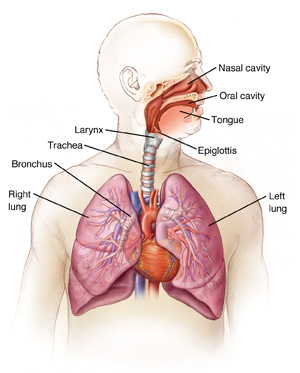

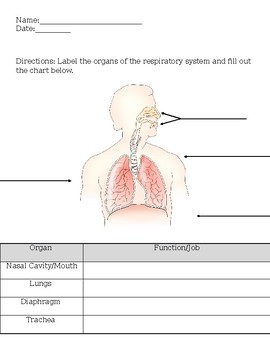






:watermark(/images/watermark_5000_10percent.png,0,0,0):watermark(/images/logo_url.png,-10,-10,0):format(jpeg)/images/overview_image/133/WEQU5hv5Rk6ZH7SurbIgVQ_anatomy-of-respiratory-system_english.jpg)
:watermark(/images/watermark_only_sm.png,0,0,0):watermark(/images/logo_url_sm.png,-10,-10,0):format(jpeg)/images/anatomy_term/lobus-superior-pulmonis-dextri/6avpD4DRH4OkWhGN9CgJvQ_Superior_lobe_of_right_lung_.png)



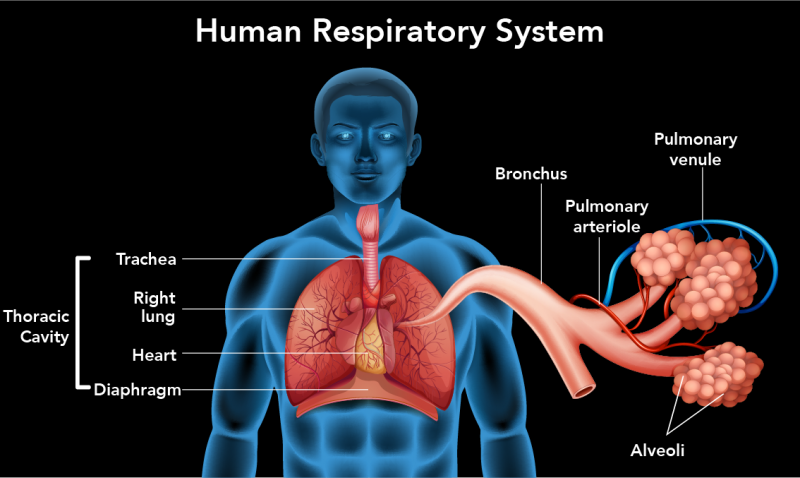

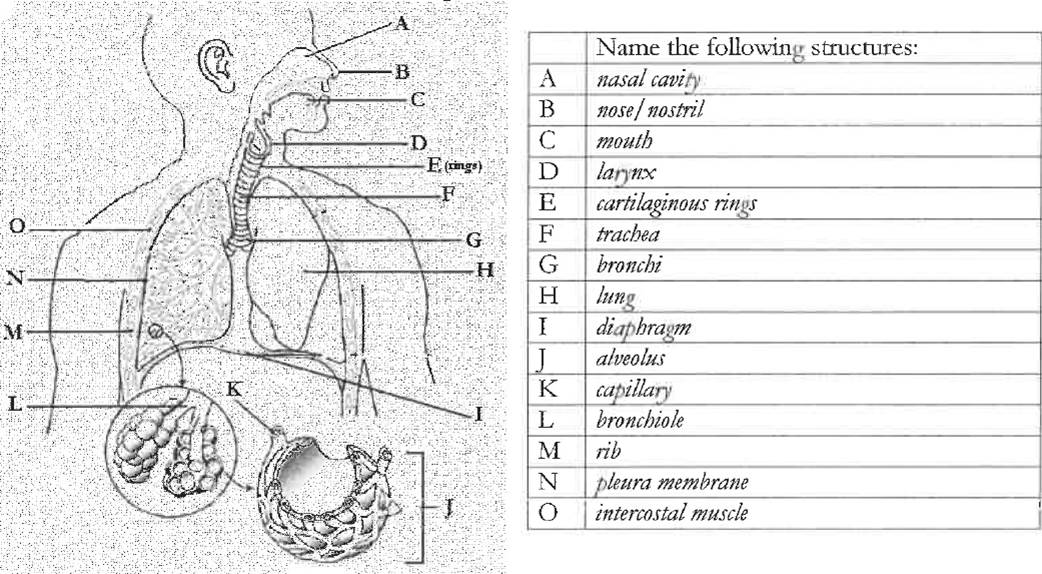






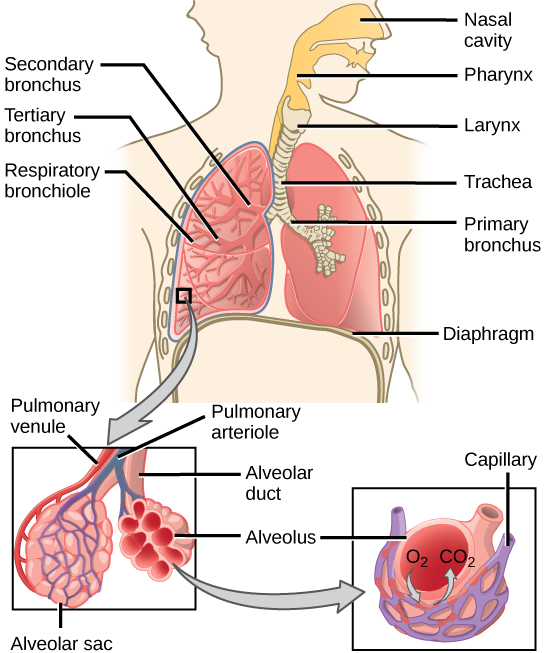




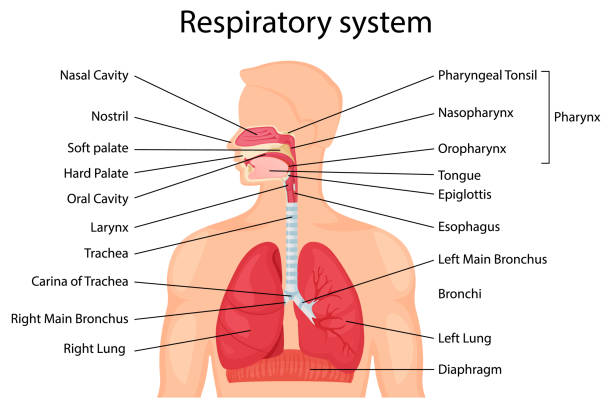




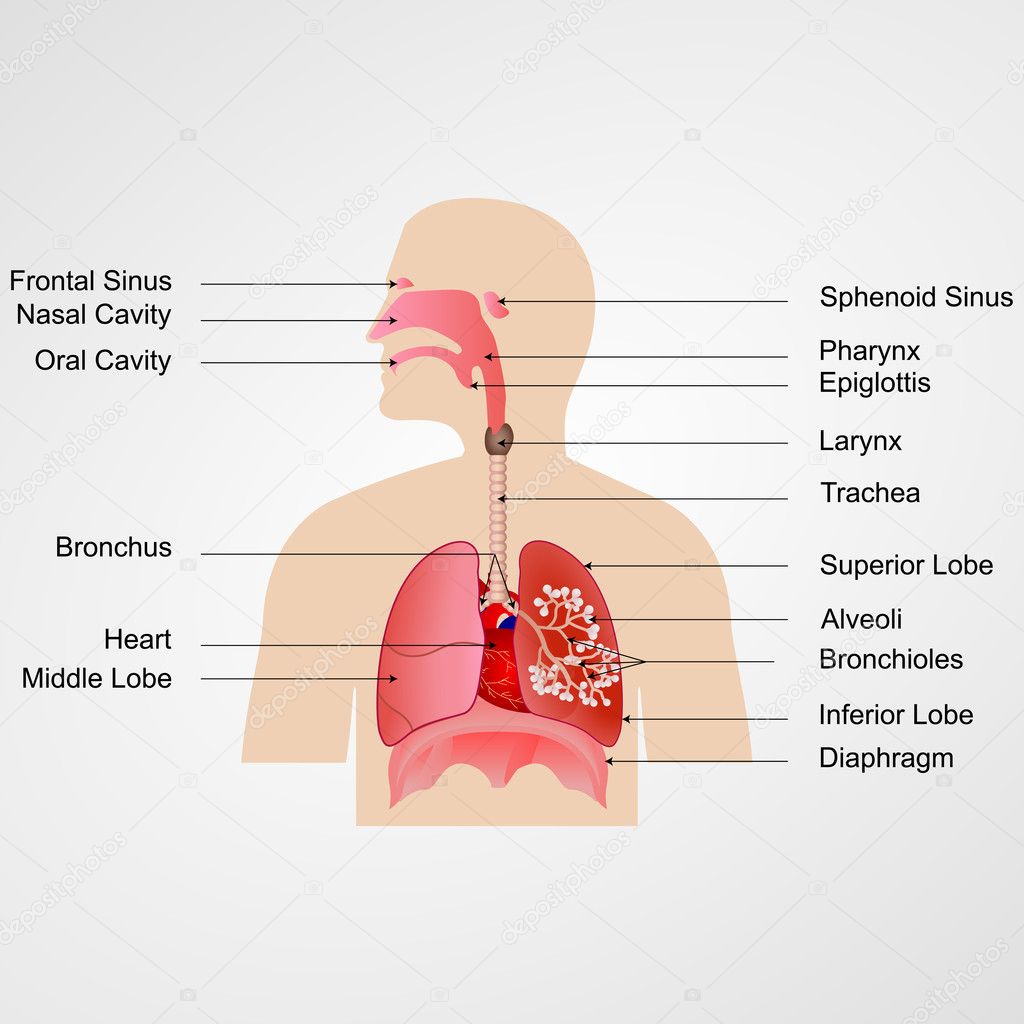

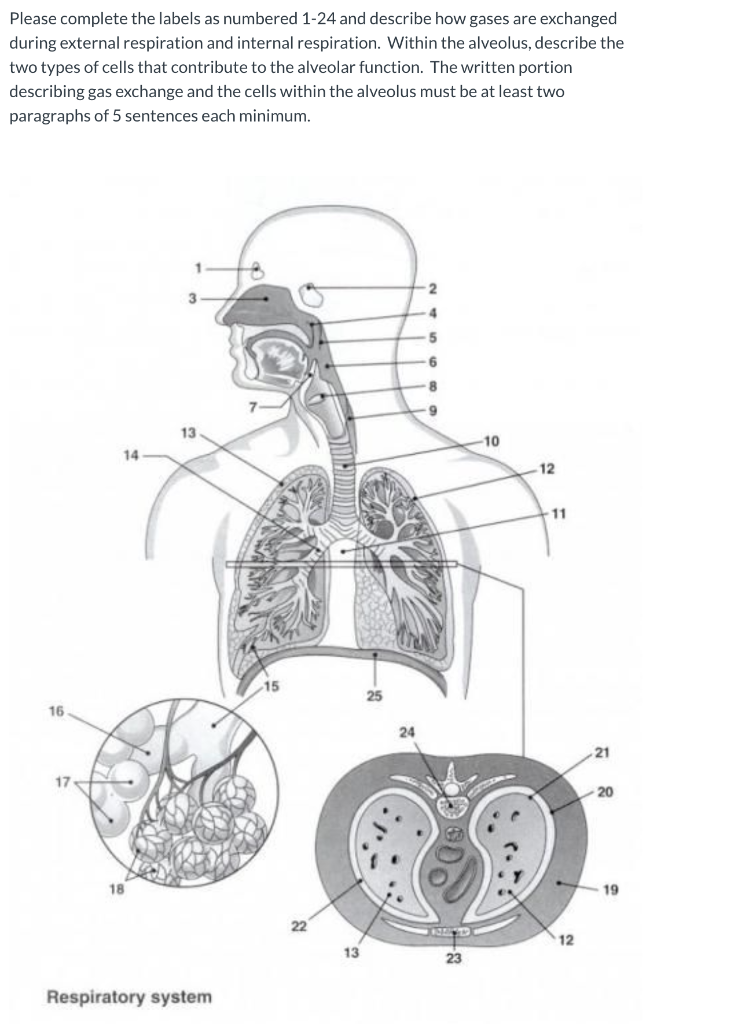
Post a Comment for "45 respiratory system with labels and functions"